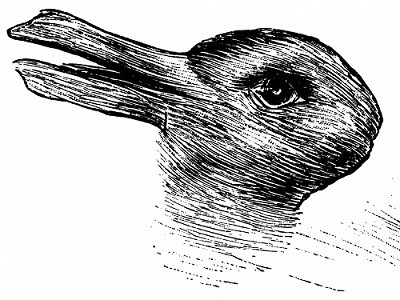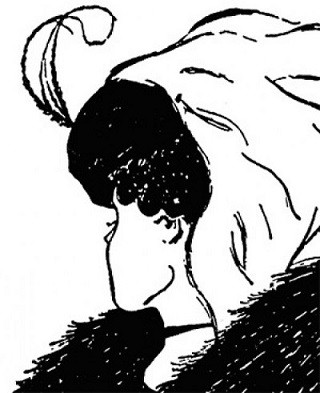
Ambiguous Image Illusions: Do Memories Determine What You See?

The phrase “your eyes are playing tricks on you” has become synonymous with optical illusions, but it’s not really your eyes that are misleading you. It seems that when it comes to baffling images, when you see more than one thing seemingly at the same time, it’s not your eyes that are playing the tricks…
How optical illusions work
In popular optical illusions like the Blue Dress illusion, the Ponzo illusion, the Hermann Grid and the Ebbinghaus illusion, your eyes see light, colors and patterns. They relay these optical impulses through your optic nerve to your brain where it instantaneously begins to interpret information. This is where the disconnect occurs that “tricks” your brain into seeing—or not seeing—what’s really there.
Test yourself
If our eyes and brains theoretically work the same way when we look at an image, why do we see things differently? Test yourself by looking at the ambiguous image optical illusion below. What do you see? Depending on how you look at it, it’s possible to see two different images. And both are correct!
Rabbit or duck?

This popular rabbit-duck ambiguous image (also called a reversible image) was created by American psychologist Joseph Jastrow in 1899. He designed it to prove his point that perception is not only what one sees but also a mental activity involving memory.
Old lady or young woman?

Another popular reversible image is “My Wife and my Mother-in-Law” created by British cartoonist William Ely Hill in 1915. The old lady is looking from right to left. The young woman is looking away.
Memories make a difference
Today, studies suggest our personal experiences play a role in how we ‘see’ optical illusions. Think of your working memory as your mind’s eye—the little nuggets of data your brain retains for short periods of time. While these memories may only be temporarily stored in your brain, they influence your perception.
This means your memories impact how you interpret ambiguous images, which explains why people see different images first. Things like your age, education and life experiences sway your brain’s thinking. See? Your eyes aren’t playing tricks on you after all!
Just for fun! Test yourself again to see how quickly your brain can switch between seeing both objects—the duck and the rabbit or the old lady and the young woman. It’s not as easy as it looks!


